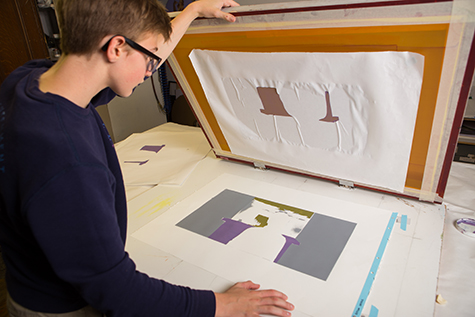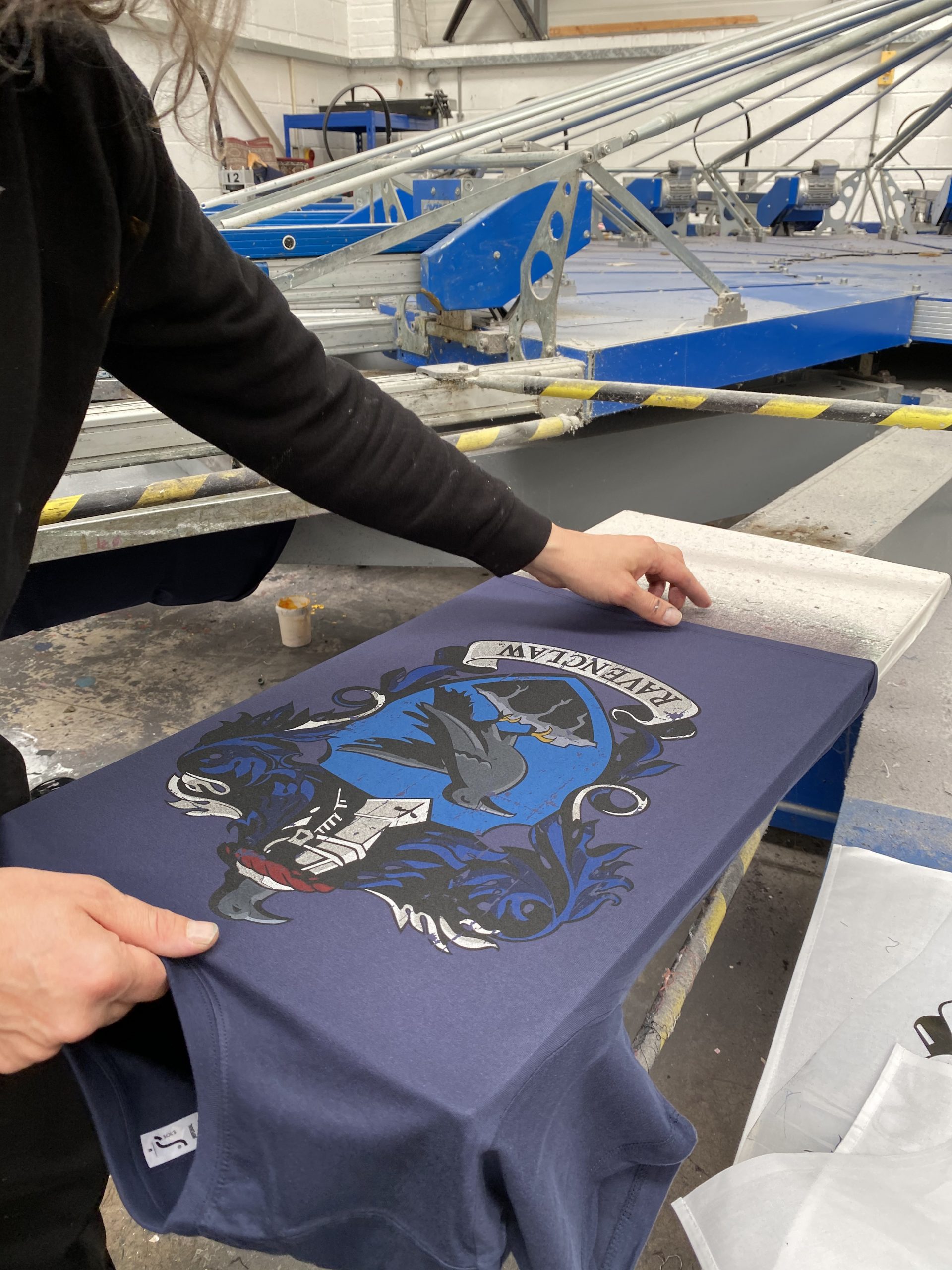The Essential Guide to Understanding Screen Printing and Its Versatile Uses
Screen printing has a rich history that goes back to old times, evolving into a sophisticated method used across various industries today. This guide explores the complexities of the screen printing process, describing its applications in style, advertising, and home décor - 10:9 Design Screen Printing Texas. Comprehending these basics can open innovative capacity for both imaginative and commercial tasks. The following sections will certainly reveal essential suggestions and techniques to enhance one's screen printing endeavors
The Background of Screen Printing
Although screen printing has origins that map back centuries, its development reflects the artistic and technical improvements of different cultures. Coming from old China, the method was originally utilized for decorating fabrics and later spread to Japan, where it came to be essential to Ukiyo-e woodblock printing. The technique moved to Europe in the 18th century, where it gained appeal amongst craftsmens and industrial printers. The innovation of image solution in the 20th century transformed screen printing, permitting for more detailed styles and better effectiveness. Artists like Andy Warhol further thrust its popularity, making use of the medium to produce iconic works that blended commercialism and great art. By the late 20th century, screen printing had actually established itself as a functional method, utilized in style, advertising, and great art. Today, it continues to evolve, integrating digital technology and increasing its applications throughout different industries.
The Screen Printing Process Explained
Screen printing changes imaginative visions into concrete designs with a collection of precise steps. Originally, an image is produced and afterwards transferred onto a screen, generally made of great mesh material extended over a frame. A light-sensitive emulsion is put on the screen, which is subjected to light, solidifying in areas not covered by the picture. After cleaning out the unhardened emulsion, a stencil is formed.
Next off, the screen is positioned over the substrate, whether it be textile, paper, or another material. Ink is then pushed with the open areas of the stencil utilizing a squeegee, transferring the style onto the substratum listed below. This process can be repeated for multiple shades, calling for different screens for every color. The published item is healed making use of warm to ensure the ink adheres properly, resulting in a durable, vivid layout all set for usage.
Types of Screen Printing Techniques

Furthermore, specialty methods, such as discharge screen printing, get rid of color from the textile to develop softer prints, while foil screen printing applies metal aluminum foil to attain a shiny finish (10:9 Design reviews). Each method uses unique features, accommodating various innovative demands and manufacturing ranges, eventually expanding the opportunities within the screen printing domain name
Applications of Screen Printing in Different Industries

Furthermore, the signage and advertising fields make use of screen printing for producing appealing displays and banners. This approach permits for strong colors and detailed styles that capture interest. In electronics, screen printing is used for applying conductive inks to motherboard, crucial for part connections. In addition, the home decoration industry welcomes screen printing to produce distinct designs on fabrics and wall surface art. In general, screen printing offers as an important tool throughout diverse areas, enhancing items with personalized and aesthetically enticing graphics.
Tips for Effective Screen Printing Projects
While embarking on a screen printing project, mindful interest to detail can substantially improve the final result. Initially, picking premium materials is necessary; this consists of the screen, inks, and substratums. Using proper mesh matters can influence ink deposition and information resolution. Preparation is just as important; complete cleansing of screens and correct exposure times ensure crisp prints.
Next off, exact enrollment is crucial for multi-color prints. Using alignment devices can assist attain specific layering. Additionally, testing prints on scrap materials prior to manufacturing aids identify possible issues without squandering resources.

Frequently Asked Concerns
What Products Are Best for Screen Printing on Material?
Cotton and polyester blends are ideal for screen printing on material as a result of their resilience and ink absorption. In addition, specialized fabrics like silk or canvas can create unique textures and surfaces, boosting the general layout top quality.
How Do I Clean and Maintain Screen Printing Devices?
To clean up and keep screen printing equipment, one ought to consistently wash screens with appropriate solvents, examine squeegees for wear, lube relocating parts, and shop all things in a completely dry, dust-free setting to extend their life expectancy.
What Are the Ecological Impacts of Screen Printing?
Screen printing can have significant ecological effects, including chemical waste from inks and solvents, water usage throughout cleaning processes, and power consumption. Eco-friendly materials and sustainable practices are necessary for lessening these unfavorable results.
Can Screen Printing Be Done in the house Properly?
Screen printing can be properly done at home with the ideal products and techniques. Hobbyists can develop high quality prints, though success depends upon their skill level, tools, and understanding of the procedure included.
What Are the Costs Related To Beginning a Screen Printing Business?

Beginning a screen printing service entails costs for devices, products, and work space. Initial expenditures typically vary from a few hundred to numerous thousand dollars, depending on the range, top quality of machinery, and wanted production ability.
Screen printing has a rich background that dates back to ancient times, progressing right into an advanced strategy used across various markets today. An additional technique, rotating screen printing, utilizes cylindrical displays, promoting continuous printing on textile rolls, thus improving performance for large-scale manufacturings. In addition, specialized techniques, such as discharge screen printing, eliminate color from the textile to create softer prints, while foil screen printing applies metal foil to accomplish a glossy coating. In the style sector, screen printing is widely utilized to produce lively styles on clothing, making it possible for brands to showcase their special designs. Cotton and polyester blends are perfect for screen printing on material due to their sturdiness and ink absorption.